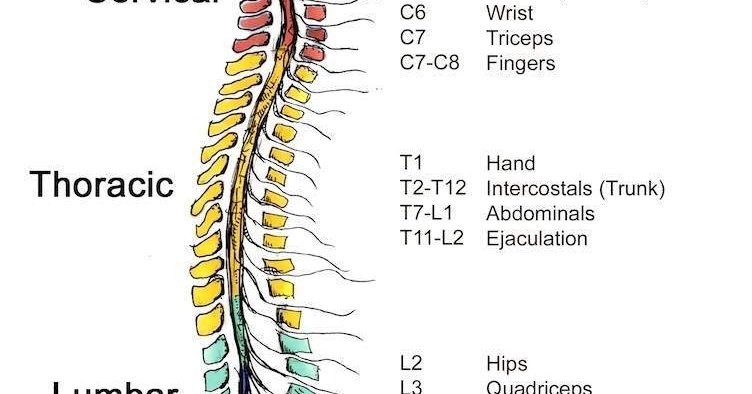Spinal Cord Injury; Whose more at risk

Spinal cord injury refers to damage to the spinal cord resulting from trauma or from disease or degeneration. The estimated annual global incidence is 40 to 80 cases per million population. Up to 90% of these cases are due to traumatic causes. Though the proportion of non-traumatic spinal cord injury appears to be growing.
Every year 250 000 and 500 000 people suffer a spinal cord injury. The majority of spinal cord injuries are due to preventable causes such as road traffic crashes, falls, or violence.
People with a spinal cord injury are two to five times more likely to die prematurely than people without a spinal cord injury; with worse survival rates in low- and middle-income countries.
Injury depends on the severity and its location on the spinal cord. It may include partial or complete loss of sensory function or motor control of arms, legs, and body. The most severe spinal cord injury affects the systems that regulate bowel or bladder control, breathing, heart rate, and blood pressure. Most people with spinal cord injury experience chronic pain.
Males are most at risk in young adulthood (20-29 years) and older age (70+). Females are most at risk in adolescence (15-19) and older age (60+).
The leading causes of spinal cord injury are road traffic crashes, falls, and violence. A significant proportion of traumatic spinal cord injury is due to work or sports-related injuries. Effective interventions are available to prevent several of the main causes of spinal cord injury, including improvements in roads, vehicles.
Spinal Cord injuries may result from damage to the vertebrae, ligaments, or discs of the spinal column or to the spinal cord itself.
A traumatic spinal cord injury may stem from a sudden, traumatic blow to your spine that fractures, dislocates, crushes, or compresses one or more of your vertebrae. It may also result from a gunshot or knife wound that penetrates and cuts your spinal cord. Additional damage usually occurs over days or weeks because of bleeding, swelling, inflammation, and fluid accumulation in and around your spinal cord.
A nontraumatic spinal cord injury may be caused by arthritis, cancer, inflammation, infections, or disk degeneration of the spine.
I am a freelance writer studied Biochemistry at the University of Agriculture Peshawar in the faculty of Nutrition sciences.








